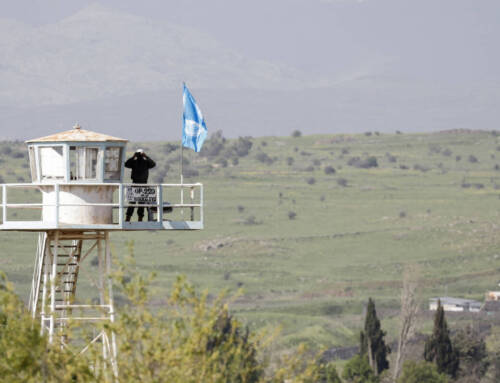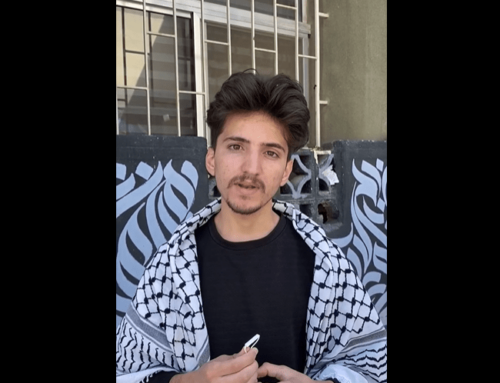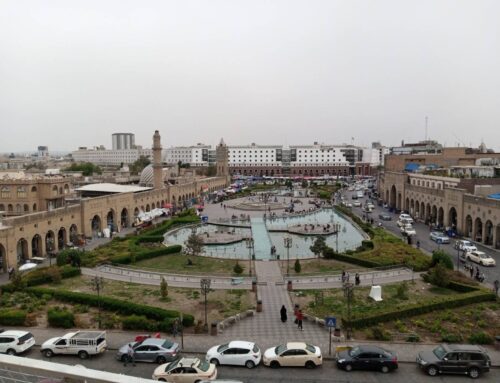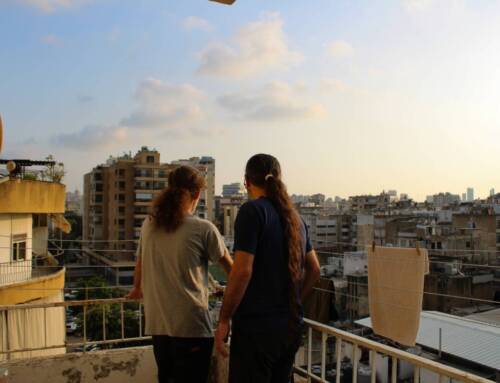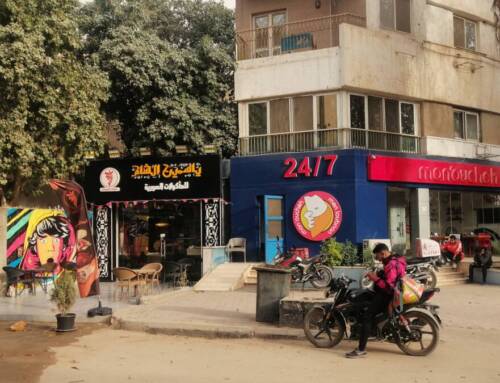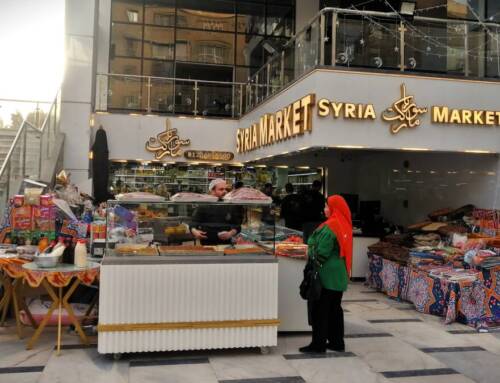Special Report: Latakia’s growing sectarian rift
March 15, 2013 This week’s special report takes a closer […]
15 March 2013
March 15, 2013
| This week’s special report takes a closer look at the underreported region of Latakia, a province mixed with Alawites and Sunnis, among other minorities. While Syrians both for and against the revolution commonly stress their unity and resistance to divisions along sectarian lines, the case of Latakia is putting that notion to a harsh test. |
By Nuha Shabaan and Kristen Gillespie
The Syrian army major who observed that “the situation in Syria was being threatened by a civil war as a result of the growth of the sectarian and tribal spirit” believed he knew his country. But did he? The year was 1966; the comment made by Major Salim Hatoum, a Druze officer who that year had led a failed coup against the Alawi-dominated army controlling Syria.
Hatoum, one of the principal players in the coup three years earlier that initially brought the Baath Party to power, had become disillusioned by Alawite officers, who at that time comprised an estimated five officers to one from Syria’s other sects. They “adhere to their tribes and not their militarism,” Hatoum said months before his execution for the botched coup attempt.
Alawites, whose historical base is the province of Latakia, had joined the Syrian army following the country’s independence from France in 1944 as a way to lift themselves from poverty and attempt to reverse centuries of discrimination and exploitation by the Sunni majority. By the late 1960s, after a series of coups, purges and infighting, the Alawite takeover of Syria’s key military positions was complete.
Today, the Alawite-led regime is fighting to hold onto that power, but if it falls, some Syria observers both inside and outside Latakia believe that the autonomous Alawite state that existed on and off through the 1920s and 1930s within the province will be resurrected.
“My grandfather used to tell me that when he was young, an Alawite said: ‘If you Sunnis give us Homs and the Syrian coast, you can have the rest of Syria,’” says Abody Abu a-Zeen, 20, a university student living in Latakia city. “They want to establish an Alawite state.”
Whether true of not, many Syrians believe an Alawite state in Latakia, more than 200 miles northwest of Damascus, to be a real possibility given the current shifting demographics.
“Sunnis are the only ones being displaced,” said Muhydin Lazikani, 61, an Alawite writer living in London. “The regime shells Sunni villages to force them out,” Abo Alzeen said.
“The regime counts on Homs to be the capital of the state they dream of establishing,” said a group of Sunni opposition clerics called the Syrian Scholars’ Society in a statement earlier this week. “They have forced its citizens to leave and occupied its neighborhoods as they prepare to hijack it,” the clerics said in a statement broadcast on YouTube.
“The main thing [Syrian President] Bashar [Assad] thinks about now is building an Alawite state,” said Allaith al-Asi, a reporter with the opposition Free Syria Network living in Idlib province.
The government is fighting to regain control of an area called Jabal al-Turkman [Turkman Hill] in Latakia “because they need it to execute any plans to divide the country, Lazikani said. “They realize they won’t be able to establish a state linked with Hezbollah through northern Bakaa unless they capture Homs [as well],” Lazikani said.
In the past week, there have been “heavy bombardments by the army and its shabiha militias who tried to invade Jabal al-Turkman” but were repelled by the Free Syrian Army, says Abo Alzeen, who describes himself supporting “a democratic state” in Syria.
A view of Latakia province and its coast
The importance of Salma
Meanwhile, the fighting continues across Latakia province. In recent days, the opposition Sham News Network reported shelling on several villages as well as the death of a Tunisian leader of Jabhat a-Nusra.
One of the key villages is called Salma, currently under the control of the Free Syrian Army. Government forces “now have the idea that Salma is the center where operations are hatched, which is why they’re shelling it,” said Abo Alzeen. “Only a few people are left in town; they live on the lower floors to avoid army attacks,” he added.
“The regime is determined to capture the town because it’s close to pro-regime areas,” Latakia resident Seir al-Basma said, adding that the government has no presence in Salma.
As the battles grind on, there are no clear victors emerging in Latakia province. While the historical homeland of the Alawites, Muhydin Lazikani points to the fact that “strong protests have occurred there.” The government “still fears Latakia more than other cities” because it is home to Qurdaha, the Assad family seat as well as a majority of Syria’s Alawites.
“Media coverage here has been weak, and the security grip has been strong,” says Abody Abo Alzeen. “There’s been an information blackout on what’s happening in Latakia,” agreed al-Basma, citing the military and shabiha presence.
It is those military and shabiha forces the government is relying on to prevail. At least one Syrian military officer would likely be pessimistic about that outcome. “All sons of the fatherland are anti anything Alawi,” said Lieutenant-Colonel Talal Abu Asali in 1965.
“This division is so prevalent in the army that men may start to fight one another at any moment.”



